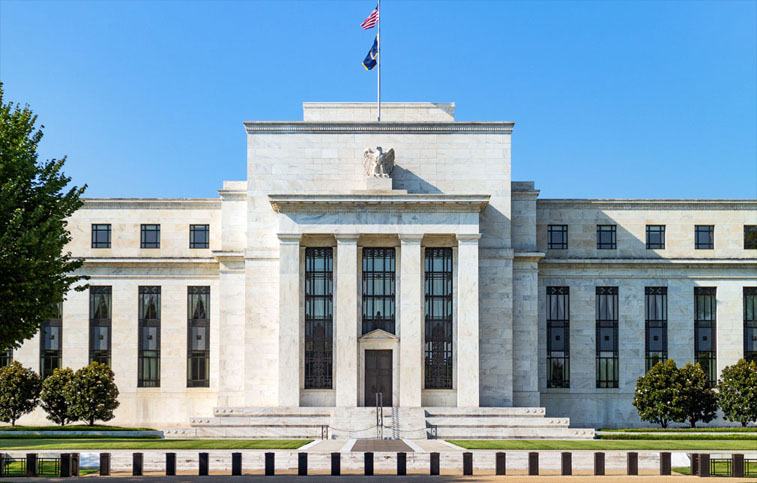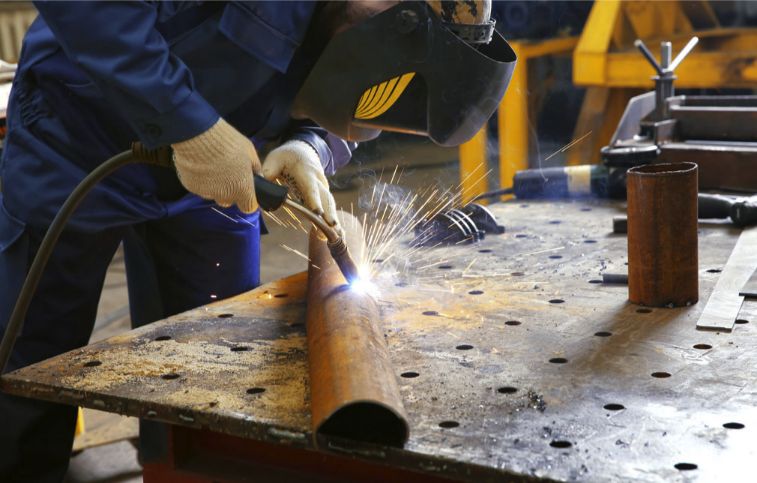In 2022, investors faced many problems with the supply chain, Russia’s war against Ukraine, ever-growing inflation, and central banks moving firmly to combat it by increasing interest rates, sometimes to very high levels.
Because both stocks and bonds have done poorly this year, Wells Fargo does not think that the traditional 60/40 portfolio, which is made up of 60 percent stocks and 40 percent bonds, is the best solution for the current state of the market. As a result, the leading financial institution in the United States encourages clients to diversify their investment portfolios and that commodities are a good option for doing so.
John LaForge, Head of Real Asset Strategy at Wells Fargo, said that “there are many different types of investment portfolios because people’s situations and goals are different. However, most investment portfolios have a combination of stocks and bonds. For example, the 60/40 portfolio is not bad and has worked on multiple occasions.” LaForge continued, “Stocks have higher returns and more volatility, but bonds have normal returns and less volatility. Over the past 95 years, bonds have only had 14 bad years, while equities have had 32 down years.”
Nevertheless, LaForge is concerned that the year 2022, of all years, could be one of those down years. “We bring this up because 2022 could be one of those rare years when both stocks and bonds fall,” explains LaForge. “The Bloomberg U.S. Aggregate Bond Index has an annualized total return of -25.97%, the second worst since 1932.”
LaForge also mentions that the Bloomberg Commodity Index has gone up 12.74% since October 18, and Wells Fargo thinks commodities will continue to do well. Consequently, LaForge stated that investors’ portfolios may profit from diversification into other non-correlated areas such as commodities and hedge funds. “The most important thing to remember while diversifying an investment portfolio is to keep an open mind.”
Wells Fargo states that they prefer U.S.-based, high-quality, defensive assets regarding equity investments. Chao Ma, a portfolio and investment strategist at Wells Fargo, says “these assets are better suited to survive a strong U.S. dollar, rising inflation, higher interest rates, and an economic slowdown.”
“We believe the U.S. dollar can continue its upward trend over the next few months as the current tailwinds may fade,” Ma reflects. “A rising U.S. dollar is typically a headwind for market prices in equities, fixed income, and fixed assets. This is because the currency translation effect and weaker international demand for U.S. goods and services.”












